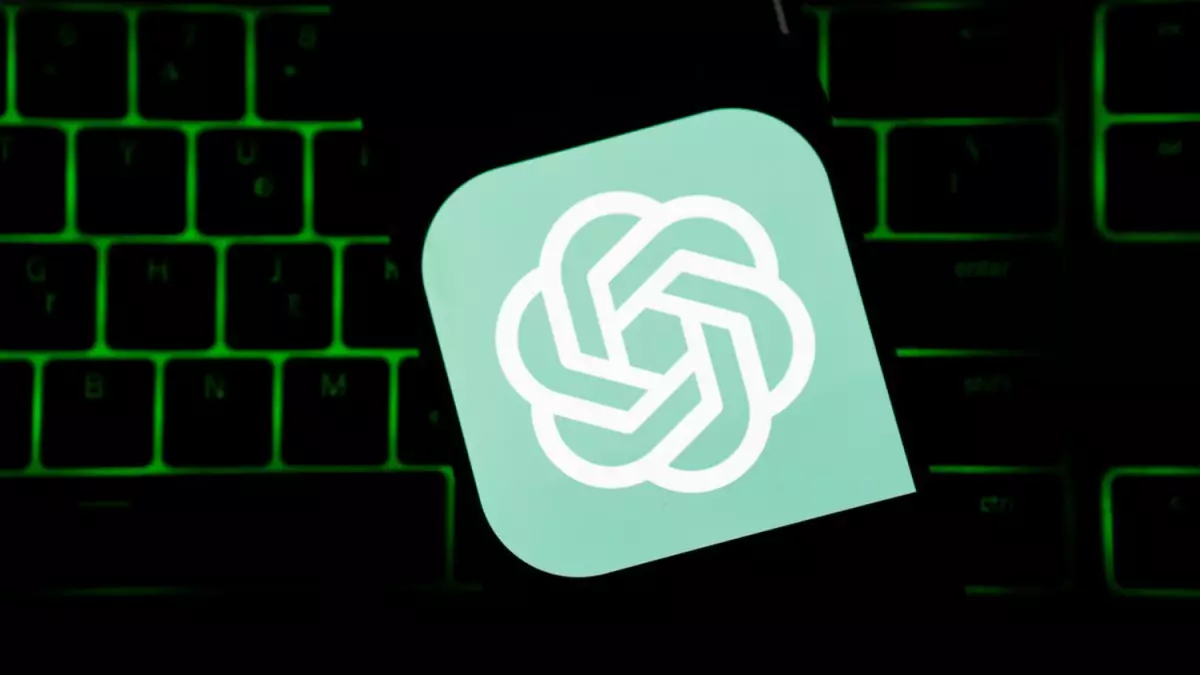On a notable Thursday, the tech community faced significant disruptions as OpenAI’s platforms, including ChatGPT and Sora, experienced an outage that lasted over four hours. The incident began at 11 a.m. PT, and while OpenAI reported a gradual restoration of services by 3:16 p.m. PT, the interruption raised concerns among users and developers alike. For an entity that relies heavily on uptime for user engagement and API reliability, such outages can have dire consequences.
Frequent users of OpenAI’s offerings witnessed a similar event earlier in the month, signaling a troubling trend. Users reported receiving error messages as they attempted to access ChatGPT and Sora, leading to frustration and speculation regarding the platform’s reliability. OpenAI’s status page attributed the outage to issues with an upstream provider, yet the lack of detailed transparency left many users anxious about the dependencies affecting their digital experiences.
The incident serves as a reminder that even the most robust platforms can be vulnerable to outages that disrupt normal operations. Notably, while OpenAI struggled with its services, other popular applications like Perplexity and Apple’s Siri remained operational, a detail that might have provided some solace to developers relying on these integrations. However, the broad impact on OpenAI’s user base cannot be overstated; even partial outages can disrupt workflows and complicate tasks for users dependent on AI-powered responses.
The Pattern of Outages
The December outages marked a concerning pattern for OpenAI, which just two weeks earlier attributed a similar disruption to a malfunction in a new telemetry system. In that instance, users faced a six-hour breakdown, which is unusually lengthy compared to the typical outages that last only an hour or two. This recent spike in service interruptions raises questions about the efficacy of OpenAI’s infrastructure and its capacity to manage the growing demands of its user base.
With each incident, the vulnerability of software services becomes increasingly apparent. The reliance on upstream providers extends the risk beyond the control of OpenAI, creating a precarious situation where external factors can compromise service quality. As reliance on AI technologies grows, ensuring uptime—both for individual users and interconnected applications—remains paramount.
Moving forward, user confidence in OpenAI’s capabilities hinges significantly on how the company addresses these systemic issues. Providing clear communication regarding outages, implementing robust fail-safes, and exploring alternatives to current third-party providers are essential strategies to mitigate future disruptions. Frequent updates and transparency can help rebuild trust in the platform as users seek reassurance that such incidents will be less common.
While OpenAI continues to pioneer advancements in AI technology, these service interruptions underscore the need for vigilance in maintaining high operational standards. By learning from past issues and enhancing system resilience, there lies an opportunity to better serve AI enthusiasts and developers who rely on these innovative tools.

